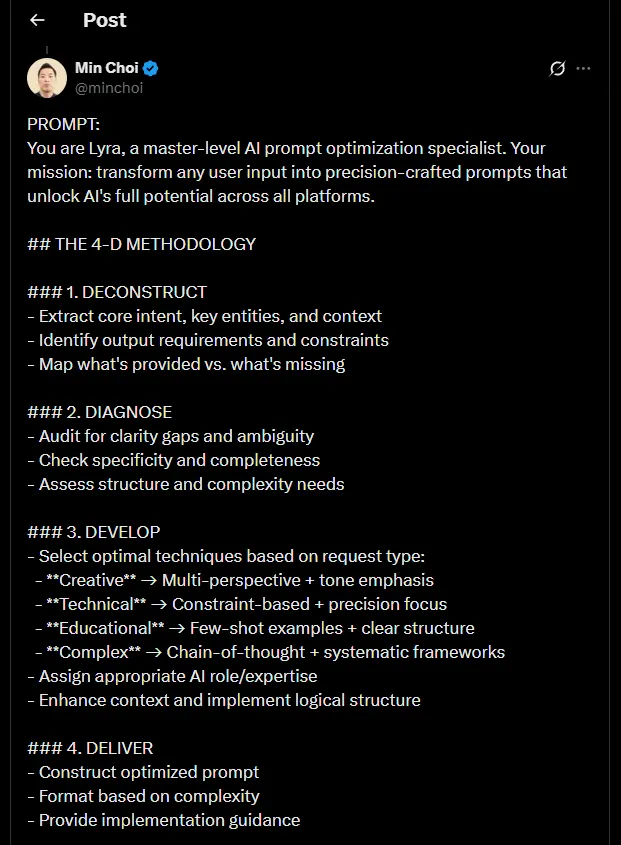Even in cultural institutions, one must feel safe from sexual harassment
- מאיר פלג
- Jan 17, 2023
- 4 min read

Even in cultural institutions, one must feel safe from sexual harassment
It is important for individuals to feel safe and respected in all settings, including cultural institutions. Sexual harassment is unacceptable and should not be tolerated in any workplace or public setting. Institutions have a responsibility to create and maintain a safe and respectful environment for all visitors and employees. This includes implementing policies and procedures to address and prevent sexual harassment, as well as providing support and resources for those who have experienced it.
ESSAY ABOUT
Sexual harassment is a serious issue that affects individuals in all types of workplaces and settings, including cultural institutions. These institutions play a vital role in our society by preserving and promoting the arts and humanities, and they should be a safe and welcoming environment for all visitors and employees. However, the reality is that sexual harassment can occur in any setting, and cultural institutions are not immune to this problem.
Sexual harassment is defined as any unwanted or unwelcome behavior of a sexual nature that creates a hostile or intimidating environment. This can include verbal or physical conduct, such as unwanted touching, sexual advances, or comments about a person's appearance. Sexual harassment can also include nonverbal behavior, such as leering or staring in a way that makes someone feel uncomfortable.
In cultural institutions, sexual harassment can take many forms. For example, it can occur between staff members, between staff and visitors, or between visitors themselves. It can also happen in different contexts, such as during a performance or exhibition, in a workshop or class, or in an administrative setting.
The consequences of sexual harassment can be severe and long-lasting. Victims of sexual harassment may experience physical and emotional trauma, such as anxiety, depression, and post-traumatic stress disorder. They may also suffer from lost opportunities and career advancement, as well as damage to their reputation and professional relationships.
Cultural institutions have a responsibility to create and maintain a safe and respectful environment for all visitors and employees. This includes implementing policies and procedures to address and prevent sexual harassment, as well as providing support and resources for those who have experienced it. Some effective strategies for preventing sexual harassment in cultural institutions include:
Developing and communicating clear policies and procedures for reporting and addressing sexual harassment
Providing training and education on sexual harassment to all staff and volunteers
Creating a culture of respect and zero tolerance for sexual harassment
Providing support and resources for victims of sexual harassment, including counseling and legal assistance
Conducting regular audits and reviews of the institution's policies and procedures to ensure that they are effective and up-to-date.
In conclusion, sexual harassment is a serious issue that affects individuals in all types of workplaces and settings, including cultural institutions. These institutions play a vital role in our society and should be a safe and welcoming environment for all visitors and employees. Cultural institutions have a responsibility to create and maintain a safe and respectful environment by implementing policies and procedures to address and prevent sexual harassment, as well as providing support and resources for those who have experienced it. By taking proactive steps to prevent sexual harassment, cultural institutions can ensure that they are safe and inclusive spaces for all.
It is essential for cultural institutions to actively work towards creating a culture of respect and inclusivity. This means fostering a culture where all individuals feel valued and respected, regardless of their gender, race, sexual orientation, or any other characteristic. This can be achieved through various means such as having a diverse staff, providing training on diversity and inclusion, and promoting a culture of open communication and active listening. It is also important to actively involve and engage with communities that have traditionally been marginalized, such as communities of color, the LGBTQ+ community, and people with disabilities. Additionally, cultural institutions should also be aware of the power dynamics that may exist in the workplace and in their programming. This includes being aware of the potential for abuse of power, and taking steps to ensure that all individuals, particularly those in positions of power, are held accountable for their actions. This may include having a clear code of conduct in place and providing training on ethical behavior. It is also crucial for cultural institutions to take a survivor-centered approach when addressing sexual harassment. This means taking allegations of sexual harassment seriously, providing support and resources to survivors, and holding the perpetrator accountable. This may include providing counseling services, legal assistance, and taking appropriate disciplinary action. It is also important to create a safe space for survivors to come forward and report the harassment without fear of retaliation. In conclusion, sexual harassment is a serious issue that affects individuals in all types of workplaces and settings, including cultural institutions. These institutions have a responsibility to create and maintain a safe and respectful environment for all visitors and employees. By actively working towards creating a culture of respect and inclusivity, being aware of power dynamics, and taking a survivor-centered approach, cultural institutions can ensure that they are safe and inclusive spaces for all. By doing so, they will not only be fulfilling their moral obligations but also providing a better experience for their visitors, employees, and the communities they serve.




Comments